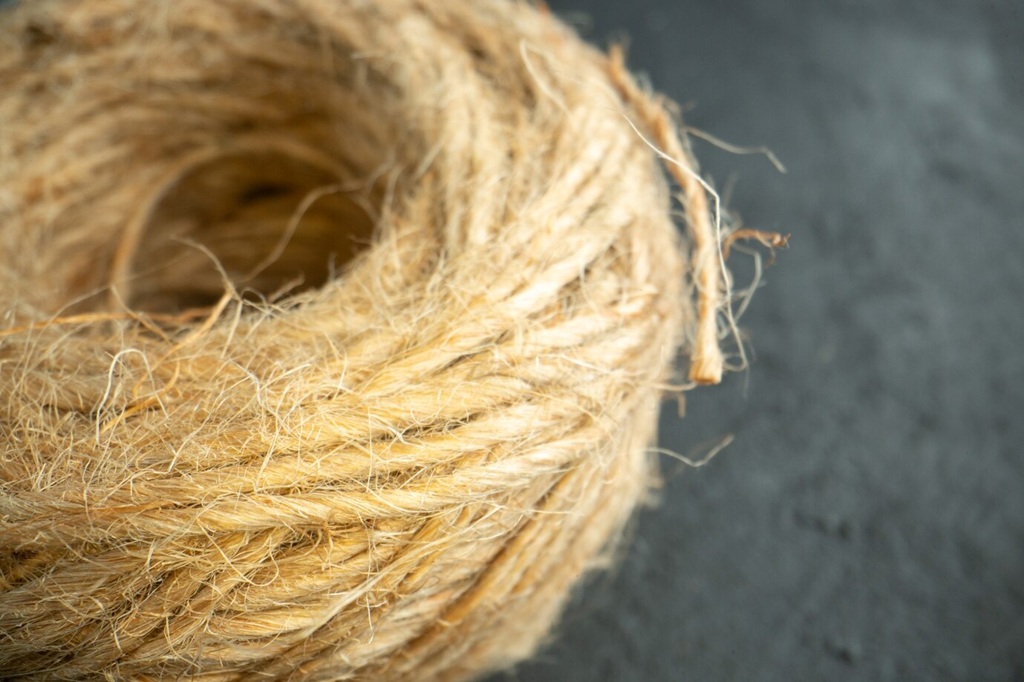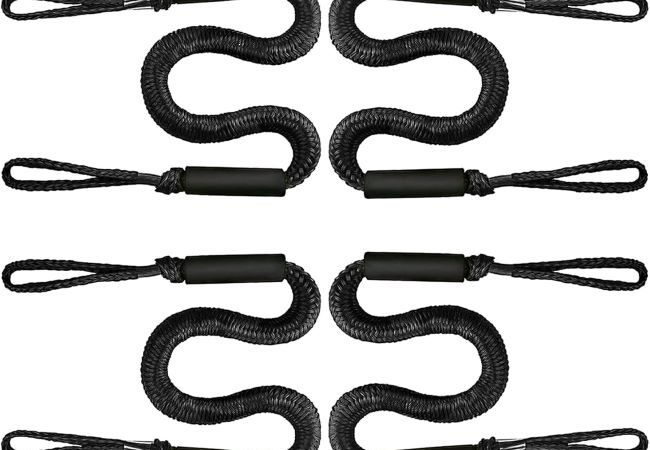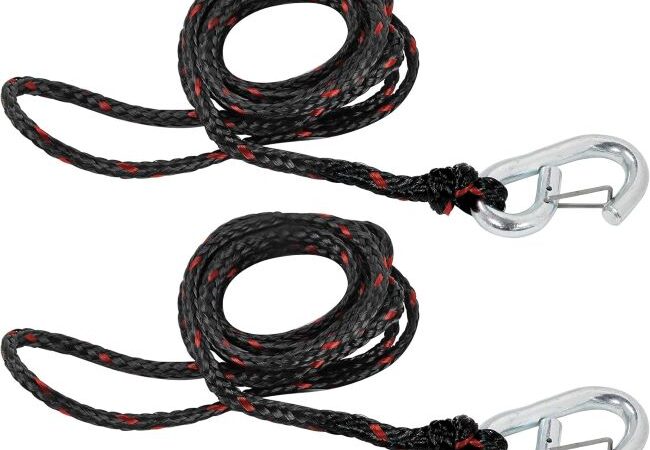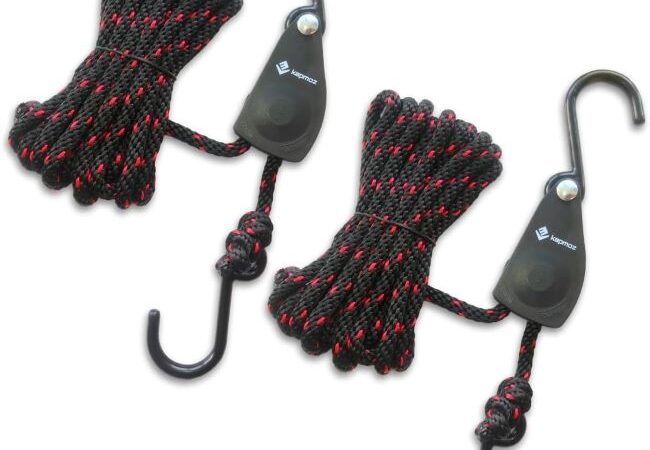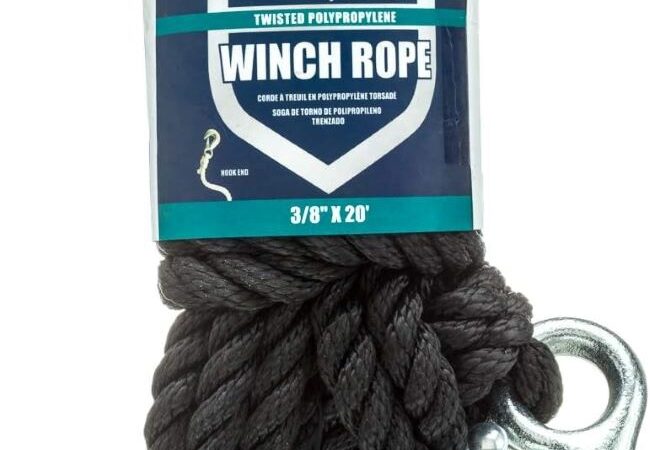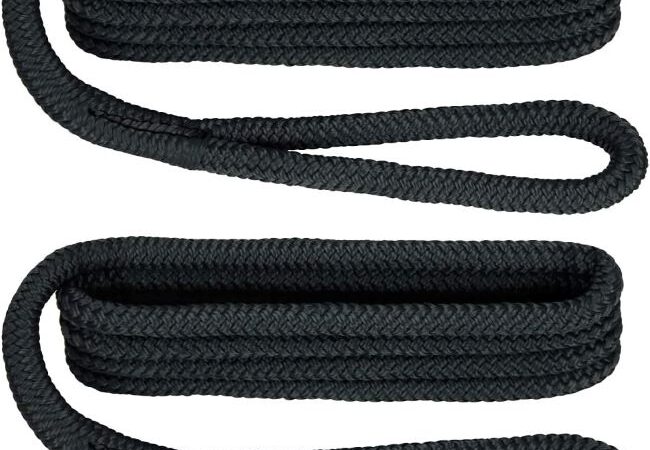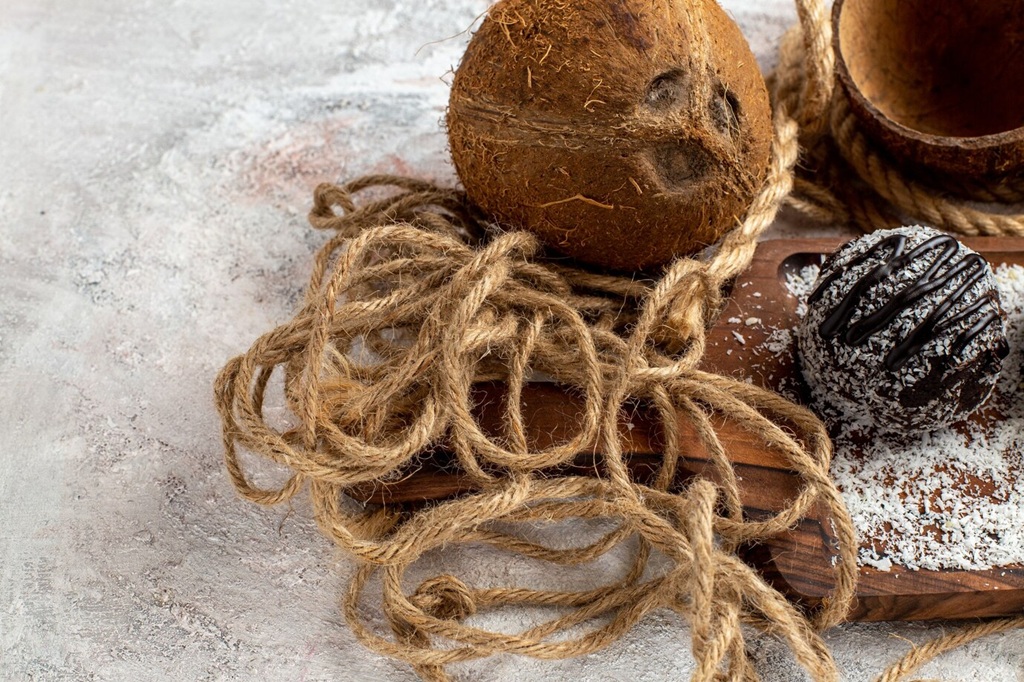
From Tropical Shores to Your Garden: The Enduring Versatility of Coconut Coir Rope
Imagine a material born from the humble coconut husk, traveling across oceans for centuries, and finding its place in everything from ancient seafaring vessels to modern eco-conscious gardens. That’s the story of coconut coir rope – a natural, sustainable, and surprisingly robust product gaining renewed appreciation in a world seeking greener alternatives. This unassuming rope, spun from the fibrous heart of the coconut, offers a unique blend of strength, durability, and environmental responsibility. Let’s unravel the threads of this remarkable material and explore its myriad uses and benefits.
Contents at a Glance
ToggleWhat Exactly is Coconut Coir Rope?
Coconut coir rope is derived from coir, the natural fiber extracted from the husk (the part between the hard inner shell and the outer coat) of a coconut. This fibrous material, often considered a byproduct of coconut harvesting for food and oil, is a testament to nature’s ingenuity – nothing goes to waste.
The process typically involves harvesting coconuts, separating the husks, and then subjecting them to a process called retting. Retting involves soaking the husks in water (freshwater for brown coir, saltwater for white coir) for weeks or even months. This allows microorganisms to break down the pulp surrounding the fibers, making them easier to extract. After retting, the fibers are separated (often by beating), cleaned, dried, and finally spun into yarn or rope of various thicknesses and strengths.
There are primarily two types of coir fiber used:
- Brown Coir: Harvested from fully mature, brown coconuts, this fiber is thick, strong, and rich in lignin – a natural polymer that provides rigidity and excellent resistance to rot and saltwater. Brown coir rope is incredibly durable but less flexible.
- White Coir: Extracted from younger, green coconuts, this fiber is finer, softer, and more pliable due to higher cellulose content. While not as strong as brown coir, it’s suitable for finer applications like certain types of yarn and fishing nets.
The resulting rope is typically light brown, relatively lightweight (it floats!), and possesses a rough texture that provides excellent grip. Its key characteristics include natural resistance to moisture (especially saltwater), microbial decay, and pests, combined with impressive durability for a natural fiber.
Diverse Applications of Coconut Coir Rope: A Thread Through Industries
The unique properties of coconut coir rope lend it to an astonishingly wide range of applications, spanning traditional uses to innovative modern solutions. Its versatility is a major factor in its enduring appeal.
Gardening and Horticulture:
This is perhaps where coir rope shines brightest for many contemporary users. Its natural appearance blends seamlessly into garden aesthetics. * Plant Support: It’s ideal for tying delicate plants, supporting climbing vines on trellises, securing saplings to stakes, or training branches without cutting into the bark like synthetic materials might. The rough texture helps climbing plants grip. * Hanging Baskets: Coir liners for hanging baskets are popular for their excellent water retention and drainage. Coir rope itself can be used to create rustic hangers. * Landscaping Ties: Used for securing landscape fabrics, small garden structures, or bundling brushwood. * Hop Cultivation: Coir twine is a preferred choice for training hop bines, offering strength throughout the growing season and being compostable afterwards, eliminating issues associated with metal wires.
Agriculture:
Beyond the garden, coir rope serves larger-scale agricultural needs. * Crop Support: Similar to gardening, it’s used for tying up heavier crops or supporting structures in fields and vineyards. * Bundling and Baling: Useful for securing hay bales or bundling harvested produce. * Natural Fencing: Oil-treated coir rope can act as a deterrent for some pests, offering an eco-friendly alternative to electric or chemical barriers in certain contexts.
Construction and Geotextiles:
Coir’s strength and biodegradability make it valuable in eco-conscious construction and land management. * Erosion Control: Coir ropes, often woven into mats or logs (geotextiles), are highly effective in stabilizing soil on slopes, embankments, riverbanks, and construction sites. They slow water runoff, trap sediment, and provide a supportive structure for vegetation to establish, eventually biodegrading and enriching the soil. * Binding and Scaffolding: In some regions, particularly coastal areas, its strength and resistance to humidity make it suitable for binding construction materials or securing temporary scaffolding. * Natural Reinforcement: It can be incorporated into certain natural building materials or used to reinforce earthen structures.
Household, Decor, and Crafts:
The rustic charm and durability of coir rope make it popular for home use. * Doormats and Rugs: Woven coir fibers create tough, effective doormats and rustic rugs that can withstand heavy foot traffic. * Brushes and Brooms: The stiff, coarse nature of coir fibers is excellent for scrubbing brushes and durable brooms. * Craft Projects: Its natural texture is perfect for DIY projects like lampshades, wall hangings, decorative knots, basket weaving, picture frames, and furniture accents. * Pet Products: Used in pet bedding or woven into durable, natural chew toys or scratching posts for cats.
Aquaculture and Marine Applications:
Coir’s exceptional resistance to saltwater damage is a significant advantage. * Oyster and Mussel Farming: Coir ropes are used extensively in aquaculture for growing oysters, mussels, and even sea squirts, providing a natural and durable substrate. * Fishing Nets and Lines: Traditionally, white coir fiber was favored for making fishing nets and lines due to its flexibility and saltwater resistance. * Boat Building and Rigging: Historically, coir rope was crucial in shipbuilding, particularly in Austronesian cultures, for “sewing” wooden planks together to create sturdy, ocean-going vessels. It was also used for mooring lines and rigging. While less common with modern synthetics, its buoyancy and resistance remain notable.
Packaging: As businesses seek sustainable packaging solutions, coir twine offers an eco-friendly alternative to plastic ties for bundling goods or securing packages.
Related: Weaving Wonder: A Comprehensive Guide to DIY Plant Hanger Rope
The Compelling Benefits of Choosing Coconut Coir Rope
Why opt for coir rope when synthetic alternatives exist? The advantages are numerous, particularly from an environmental and practical standpoint.
- Eco-Friendly and Sustainable: Coir is a completely natural, renewable resource derived from a byproduct of the coconut industry. Its use helps reduce waste. Crucially, it is 100% biodegradable, decomposing naturally at the end of its lifespan without leaving harmful residues, unlike plastics which persist for centuries.
- Durable and Strong: While not as strong as high-tensile steel or some synthetic ropes, brown coir rope offers considerable strength and toughness for a natural fiber, suitable for a wide array of non-critical load-bearing tasks. It resists abrasion well.
- Water and Rot Resistant: Its high lignin content gives it remarkable resistance to both freshwater and saltwater damage, as well as resistance to microbial decay. It breaks down much slower than many other natural fibers, especially in damp conditions.
- Aesthetically Pleasing: The natural, earthy look of coir rope adds rustic charm to gardens, crafts, and home decor.
- Excellent Grip: The rough texture provides good friction and grip, beneficial for tying knots and supporting plants.
- Cost-Effective: Often, coir rope and twine are competitively priced, sometimes even more affordable than other natural fibers like hemp or sisal, offering a budget-friendly sustainable option.
- Supports Local Economies: Coir production is often based in rural, coastal communities in tropical regions, providing vital employment and economic support.
Choosing the Right Coir Rope for Your Needs
Not all coir rope is created equal. When selecting coir rope, consider:
- Thickness/Diameter: Thicker ropes generally offer greater strength and longevity. Choose based on the load or stress the rope will endure (e.g., thicker for landscaping ties, thinner for delicate plant support).
- Ply: Ropes are made by twisting fibers into strands, and then strands into rope. A 2-ply or 3-ply rope will be stronger than a single strand twine.
- Type (Brown vs. White): For most gardening, construction, and general-purpose uses requiring durability, brown coir is the standard choice. White coir is less common in rope form.
- Treatment: Some coir rope might be treated (e.g., with oil) for specific purposes like pest deterrence, though most are sold untreated.
Related: Unleash Your Inner Crafter: The Wonderful World of Jute Rope DIY
People Also Ask (FAQs) about Coconut Coir Rope
Q1: How strong is coconut coir rope?
A: Coconut coir rope offers good strength for a natural fiber, especially brown coir due to its high lignin content. Its breaking strength varies significantly based on thickness and quality – a specific 20ft product was noted to have a 100lb breaking strength. However, it’s generally less strong and less elastic than synthetic ropes or even other natural ropes like Manila. It’s suitable for gardening, landscaping, bundling, and crafting, but not recommended for safety-critical applications like climbing or heavy lifting.
Q2: Is coir rope waterproof?
A: Coir rope is highly water-resistant, not completely waterproof. It absorbs water (some sources say up to 10 times its weight) but resists damage from moisture, particularly saltwater, better than most natural fibers. It also floats. This resistance contributes to its durability outdoors and in marine environments.
Q3: How long does coir rope last outdoors?
A: Its lifespan depends heavily on thickness, environmental conditions (moisture, UV exposure), and usage. Thin coir twine or basket liners might last 1-2 years. Thicker ropes used for landscaping or support can last much longer, potentially several years, though likely less than the 10 years sometimes cited for heavy Manila rope in ideal conditions. It will eventually biodegrade, which is part of its environmental benefit. Keeping it drier will prolong its life.
Q4: Is coir rope biodegradable?
A: Yes, absolutely. This is one of its key advantages. Being a 100% natural plant fiber, it decomposes completely over time, adding organic matter back into the environment, unlike synthetic ropes that contribute to plastic pollution.
Q5: Can coir rope be used for climbing or swings?
A: No, it is generally not recommended for applications where failure could cause injury, such as human climbing, load-bearing swings, or heavy towing. While strong for its type, it lacks the consistent strength ratings, elasticity, and reliability of ropes specifically designed and certified for these purposes. Its inflexibility also means it doesn’t absorb shock well.
Q6: Where can I buy coconut coir rope?
A: Coir rope and twine are increasingly available at garden centers, hardware stores, craft stores, agricultural supply stores, and online retailers.
Conclusion: Weaving a Sustainable Future with Coir
From securing ancient mariners’ boats to supporting modern organic gardens, coconut coir rope has proven its worth across centuries and diverse applications. Its inherent strength, water resistance, and natural durability, combined with its impeccable environmental credentials – being renewable, biodegradable, and utilizing a waste product – make it an outstanding material for today’s world.
As we increasingly seek sustainable alternatives to synthetic materials, the humble coconut coir rope stands out. Whether you’re staking tomatoes in your garden, controlling erosion on a hillside, crafting a unique piece of home decor, or working in agriculture, coir rope offers a practical, affordable, and earth-friendly solution. By choosing coir, we not only benefit from its utility but also contribute to waste reduction, support sustainable industries, and weave a stronger connection to the natural world. It’s a simple material with a powerful impact, reminding us that often, the most effective solutions are grown, not manufactured.

